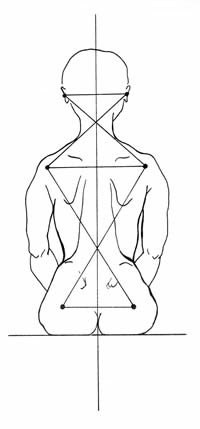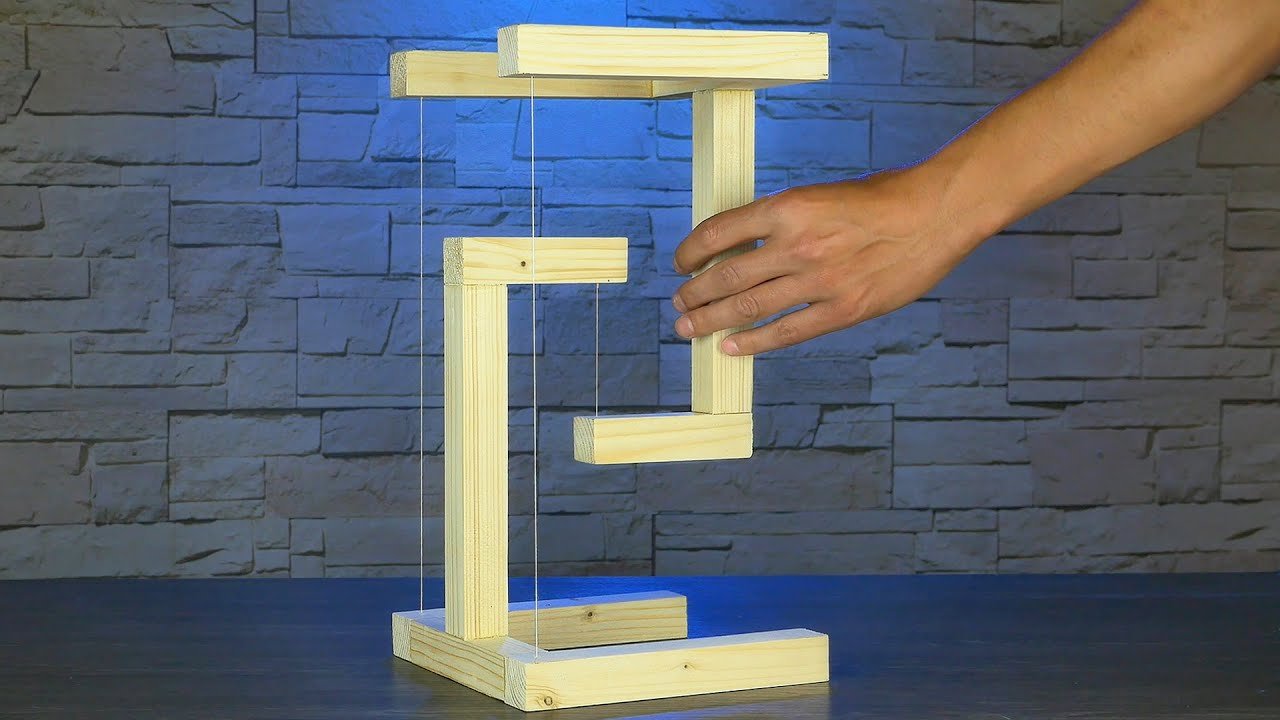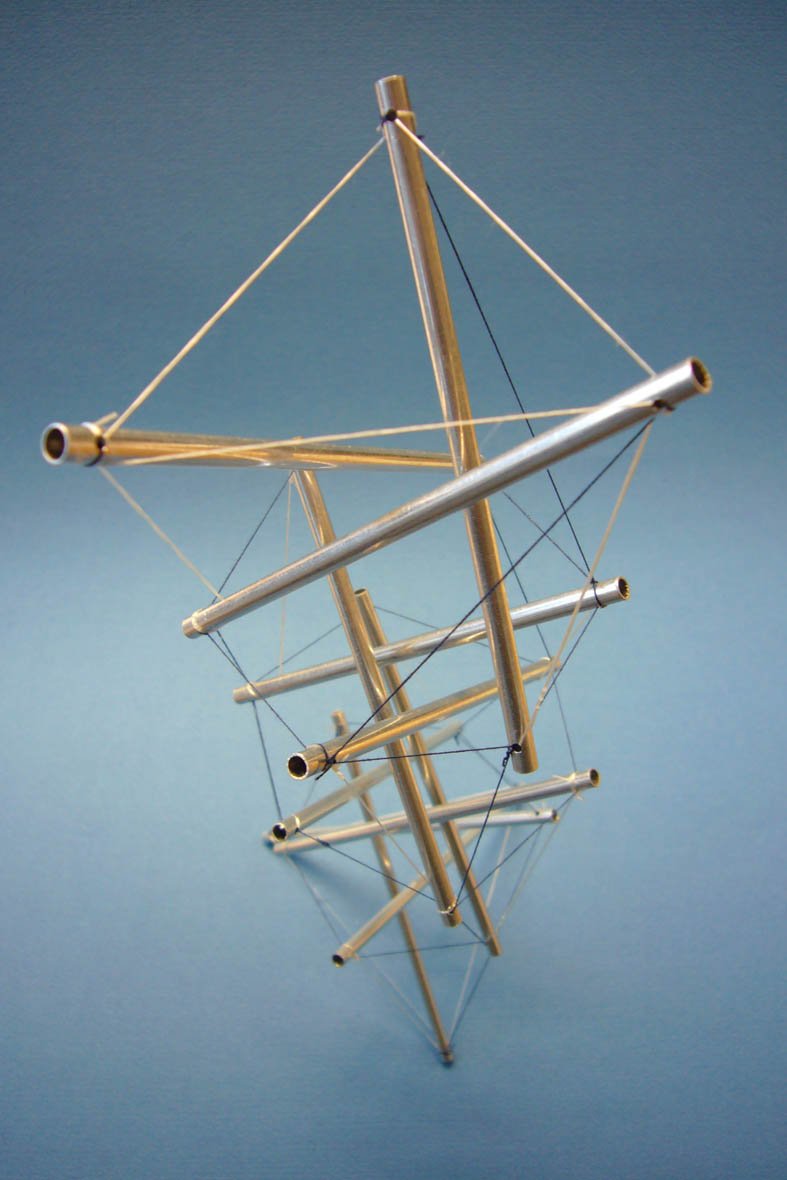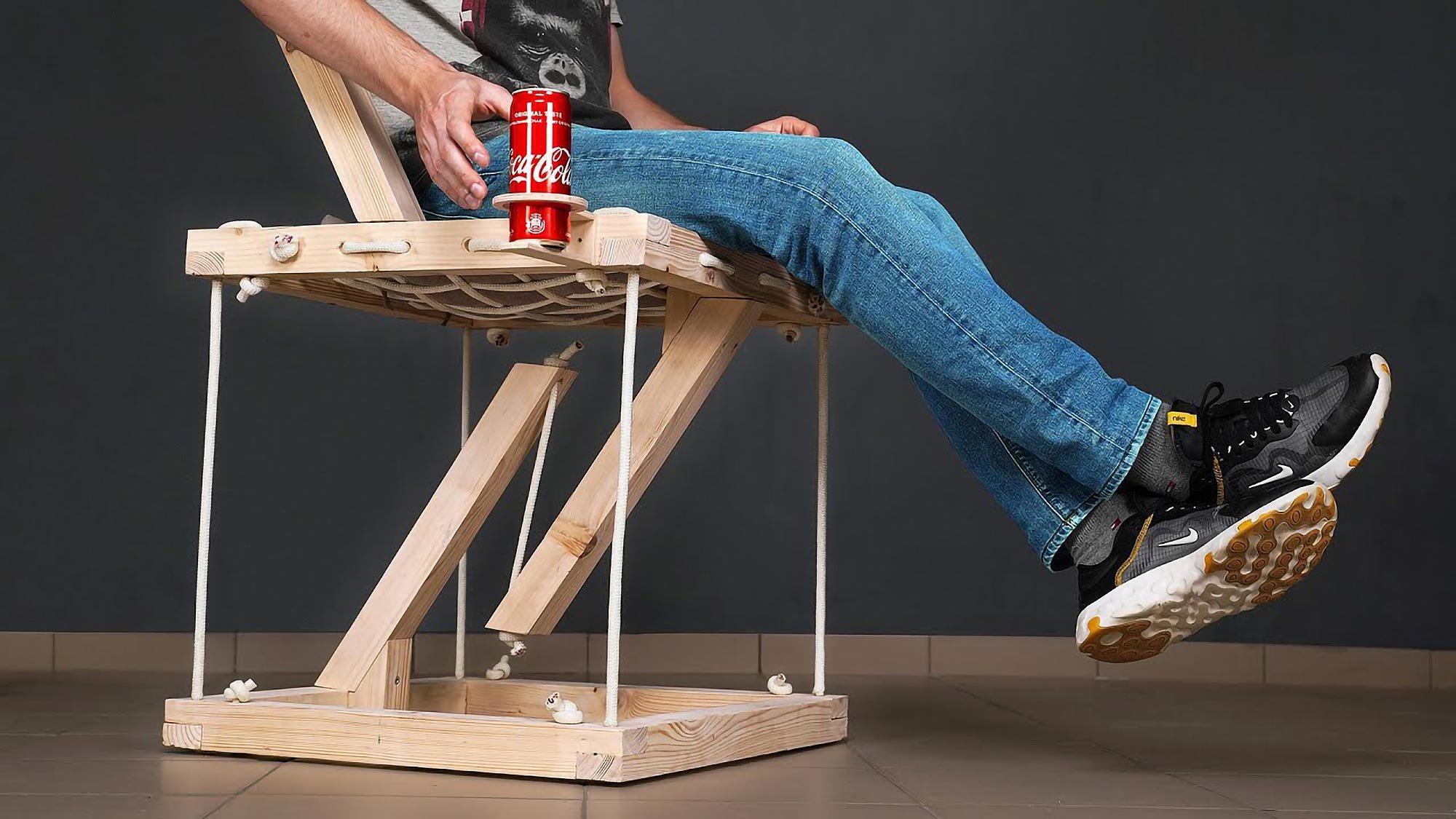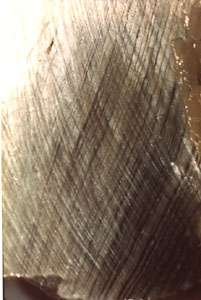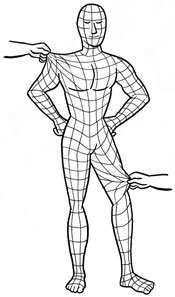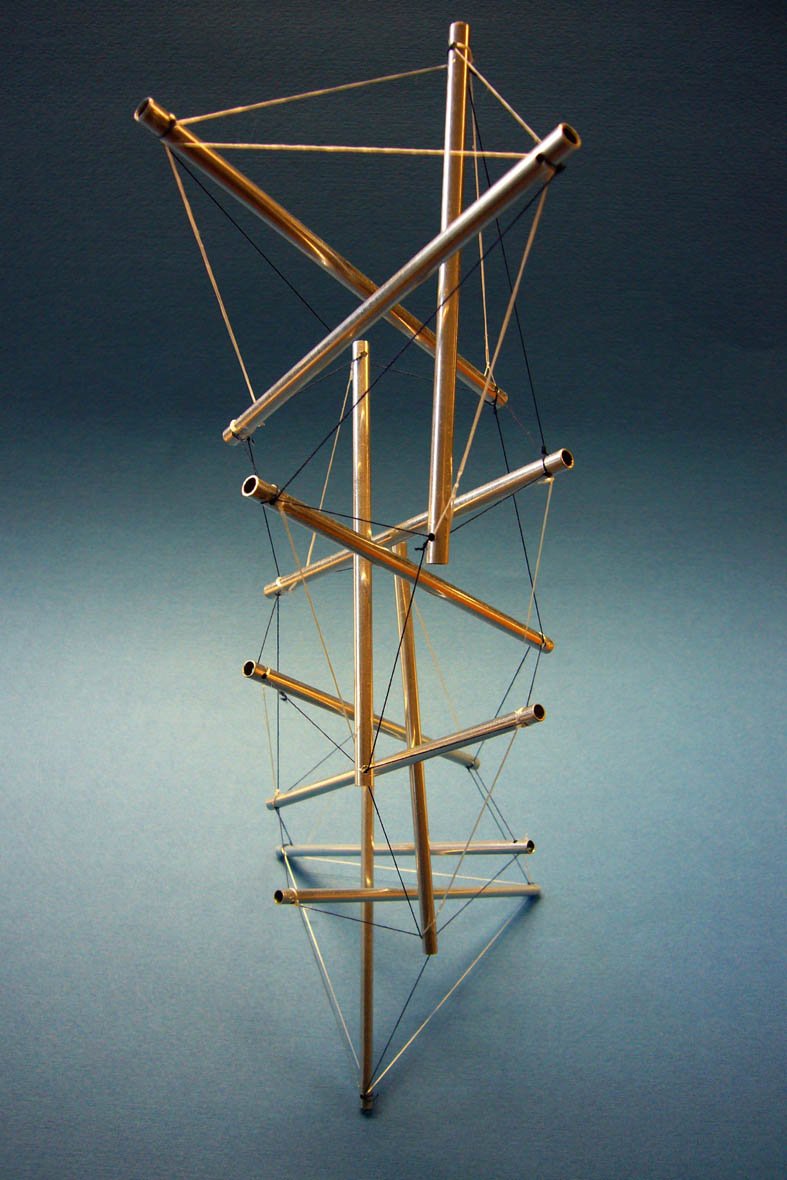More on Tensegrity
April 12, 2020
Defined by architect and inventor Buckminster Fuller, tensegrity is the property of structural force acting on distinct units of compression through tension. Applied to bodies, fascial tensegrity describes the way fascial tone (or level of tension) balances the form, use and movement of our bodies.
Fascial tone governs our functionality as mechanical beings, no doubt about it: When all tissues are equally taught, the structure has balance. When any one tissue is unequally taught, though, the whole system is thrown into a less efficient shape. Short term these can resolve through several methods, including on their own. Left to become chronic conditions, though, these kinds of imbalances can lead to ongoing issues (think pain, fatigue, poor posture, even injury and accident).
Fuller designed and built many structures based on the tensegrity model. Many structural bodyworkers’ treatment rooms don a handheld version today. Though, around the world a traveler can see many tensegrity structures which are multiple stories tall, decorating gardens and cities in their towering, often helical shapes. The hallmark of tensegrity and tensegrity structures is that there is an even distribution of force, compression, and shock absorption.
In her work, Dr. Rolf proposed that the human body is itself a tensegrity structure that can adapt and distribute movement, trauma and shock throughout the whole system.** Through the lens of Structural Integration, understanding tensegrity helps us understand how the body balances forces of push/pull and support/demand both on its various structures and as a whole unit.
Dr. George B. Roth, B.Sc., D.C., N.D., specialist in fascia therapy said, “The principles of tensegrity apply at every level in the human body. At the macroscopic level, the 206 bones which constitute our skeleton are pulled up against the force of gravity and stabilized in a vertical form by the pull of tensile muscles, tendons and ligaments. In other words, in the complex tensegrity structure inside every one of us, bones are the compression struts, and muscles, tendons and ligaments [and all, interconnected internal fascial structures] are the tension-bearing members.”
Understanding tensegrity is key to understanding fascia. As a structural element in the human body (actually, in the bodies of all vertebrates), fascia is the ultimate example of strength through tension. It holds us upright and in our human shape.
SO! What does this mean for YOU? In your self-care routine:
1) If your favorite stretch is such because it's the easiest/most comfortable to get into, do it last!! In other words, stretch the tightest, most restricted areas first.
2) If you're tighter on one side, stretch that side 2x as long as the other side until you find more balance.
3) The best posture is the kind that takes the least amount of effort. Whenever you can, make sure your bones are carrying more weight than your muscles.
** We can extrapolate that any mammal is also a tensegrity structure. Furthermore, in his study Tensegrity, cellular biophysics, and the mechanics of living systems biologist DE Ingber demonstrated “cells function as independent pre-stressed tensegrity structures, and that molecules, tissues, and organs can all be viewed as tensegrity complexes." (Ingber 1993)

